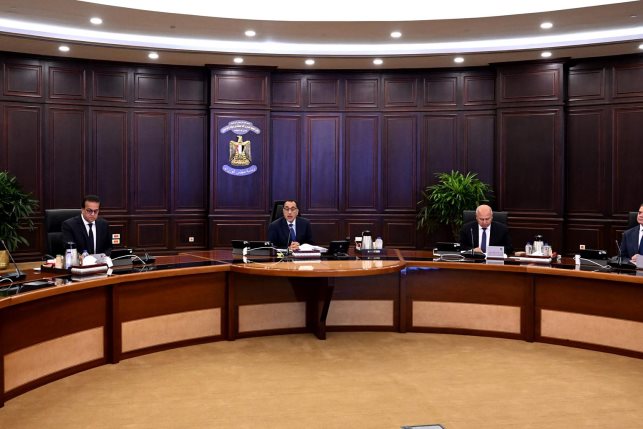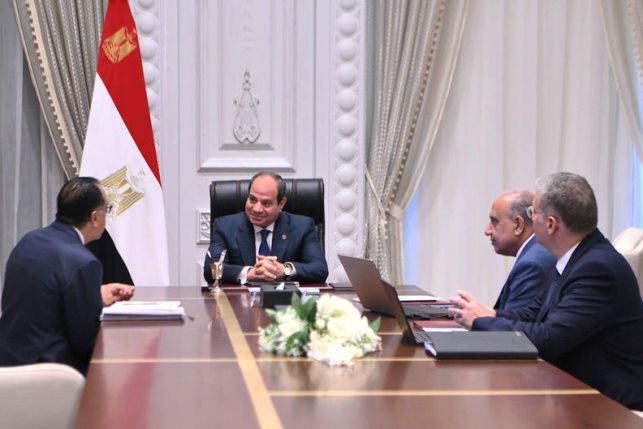Egypt's non-oil private sector shows signs of recovery. PMI hits 3-year high
The report cited easing inflationary pressure, which fostered a near-stabilization in demand conditions, following the government’s policy adjustments in March to secure better currency availability

The non-oil private sector displayed signs of recovery last month according to S&P Global, with Egypt’s Purchasing Managers’ Index (PMI) for May surged to its highest level in almost 3 years, marking a significant step towards sector growth.
Egypt’s PMI climbed to 49.6 in May from 47.4 in April, reaching its peak since August 2021.
The report cited easing inflationary pressure, which fostered a near-stabilization in demand conditions, following the government’s policy adjustments in March to secure better currency availability.
“May's PMI reading of 49.6 was the first indication that the rapid cooling of price pressures is starting to boost the Egyptian non-oil private sector… That said, ongoing downturns in industries such as manufacturing and wholesale & retail show that the recovery is still lopsided and may take more time to spread across the rest of the economy,” explained David Owen, Senior Economist at S&P Global Market Intelligence.
Confidence in the economic outlook for the next 12 months increased in May, driving non-oil businesses to expand their workforce for the 2nd time in 3 months, while input purchases declined at the slowest rate since February 2022, signaling growing optimism among companies.
Business activity saw a moderate decline last month, driven by mixed performances across sectors. The report noted that while the manufacturing and wholesale & retail sectors continued to struggle, services and construction experienced an uptick in activity.
Inflationary pressures showed signs of a slowdown, with input costs rising at the slowest pace since March 2021.
Lower exchange rates in the local markets led to reduced prices for imported goods, driving down purchase price inflation to its lowest level in 4 years, the report noted.
The drop in input cost inflation across the non-oil economy for the 3rd consecutive month underscores the sustained impact of improved currency availability.
The easing of overall cost burdens allowed a slight increase in the average prices charged by companies, maintaining a stable pricing environment.





